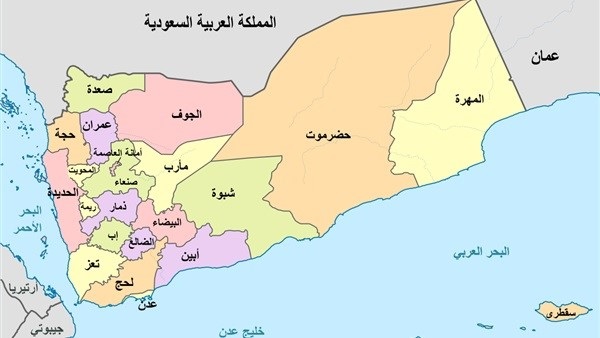Al-Qaeda in Yemen suffers from internal, external crises and pressures

Al-Qaeda in Yemen is currently facing major challenges that
are shaking its foundations and weakening its strength. These challenges are
represented by three main crises: leadership disputes, security and military
pressures, and a financial crisis.
Leadership disputes
The terrorist organization’s leadership disputes stem from
differences in visions and goals between its leaders at the central and branch
levels. Some of the organization’s leaders believe that it must follow an
independent approach and declare the establishment of a state in some of the
areas it controls, similar to what ISIS did in Syria and Iraq.
This is what some of the organization’s leaders tried to
implement in the governorates of Abyan, Shabwah, and Al-Bayda, where in 2015 they
announced the formation of the Emirate of Shabwah, the Emirate of Abyan, and
the Emirate of Zanzibar.
But this approach was not accepted by other leaders in the
organization, especially the central organization, who see that this violates
the principles of unity and loyalty to the central base, weakens the
organization’s strength and influence, and makes it an easy target for air
strikes by the Arab coalition and the United States.
There are also disagreements over the organization's
position on the Ansar Allah group (Houthis), which controls most of the north
of the country. For religious and political reasons, some of the organization's
leaders see this group as an enemy that cannot be negotiated with or allied
with.
The Houthis are from the Shiite Zaidi sect, and therefore, al-Qaeda
considers them infidels and apostates who must be fought. Hence, the
organization has launched repeated attacks against the Houthis in Al-Bayda,
Al-Jawf, and Marib governorates.
But there are other leaders in the organization who believe
that this conflict with the Houthis does not serve the interests of the
organization, but rather harms it, draining their strength and distracts them
from their biggest enemy, namely the Arab coalition and the United States.
Therefore, they believe that there is a possibility to negotiate with the
Houthis on the basis of common interests.
This is what some of the organization's leaders tried to
implement in Hadramawt Governorate, where they established good relations with
the Houthis and allowed them to enter some of the areas they control.
Security and military pressures
At the same time, there are security and military pressures
coming from government forces, the Saudi-led Arab coalition and the United
States, which pose a major threat to the organization.
These forces have been waging a comprehensive war against
the organization since 2015, with the aim of restoring legitimate authority in
the country, restoring security and stability, and eliminating extremism and
terrorism.
Therefore, these forces use all means at their disposal, from
air, land and sea strikes to intelligence and relief operations.
These efforts resulted in major successes in defeating the
organization in most of the areas it controlled, especially in the south of the
country.
These forces were able to retake the city of Mukalla, the
capital of Hadramawt Governorate, in April 2016, after it had been under the
control of the organization for more than a year.
They were also able to regain the city of Zanzibar, the
capital of Abyan Governorate, in August 2016, after months of battles.
In February 2017, the forces were able to regain the city of
Jaar, the largest city in Shabwah Governorate, after weeks of confrontations.
Financial crisis
Al-Qaeda in Yemen is also suffering from a severe financial
crisis that affects its ability to finance its operations and pay salaries to
its members.
This crisis is the result of several factors, including a
decline in sources of donations from countries or individuals sympathetic to
the organization, due to wars and crises in the region and security and
political pressures on donors.
The terrorist organization was also harmed by the loss of
some of its local sources of income, such as imposing taxes and fines on
citizens and merchants in the areas it controlled, kidnapping people and
demanding ransoms for their release, or robbing banks and companies.
The organization has also been affected by the high costs of
the wars and conflicts it wages against its opponents, whether in the form of
purchasing weapons and ammunition, or paying bribes to tribes or militias to
obtain protection or facilities.







